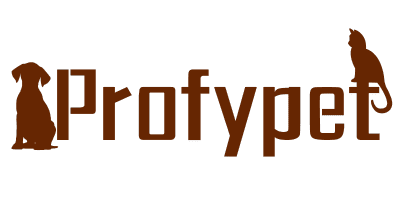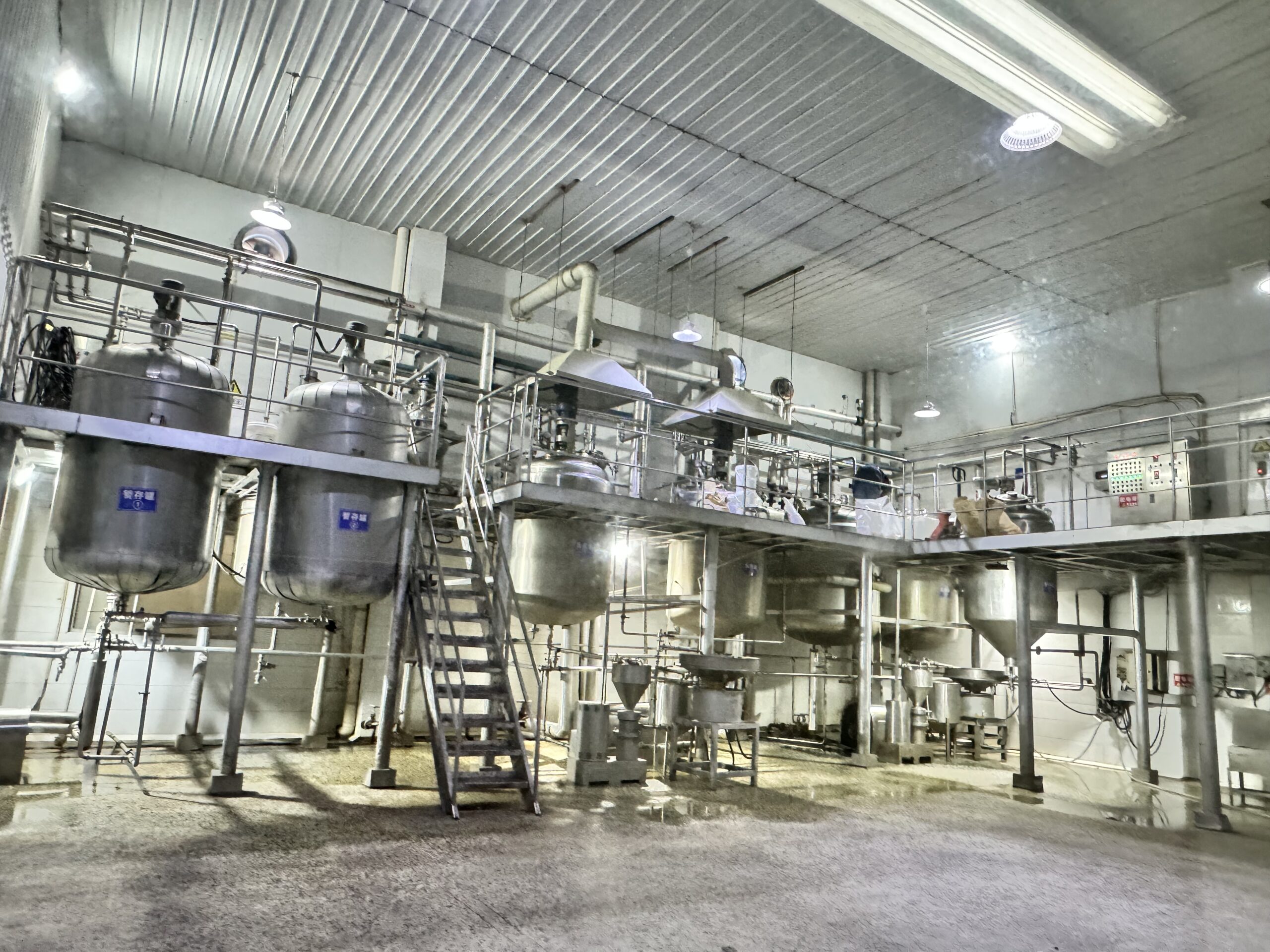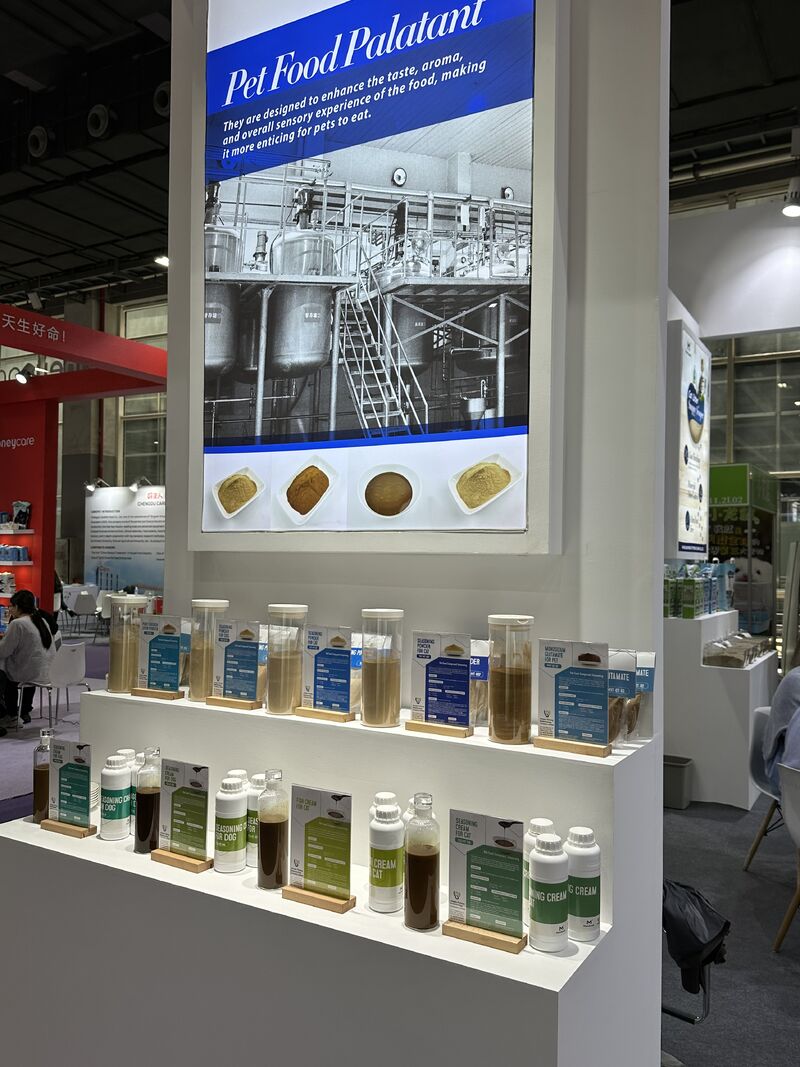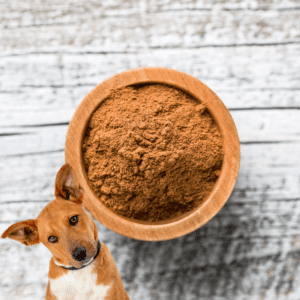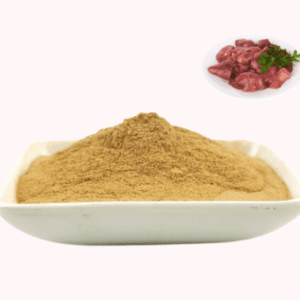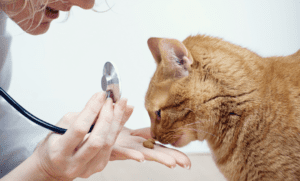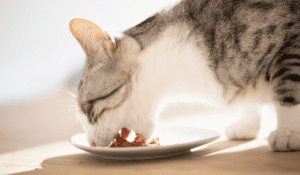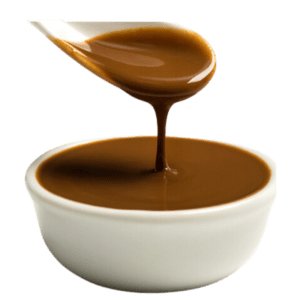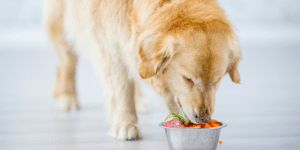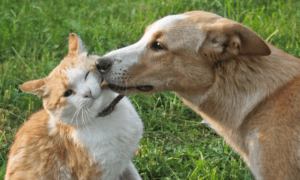Introduction
In the rapidly evolving pet food industry, palatants play a crucial role in ensuring pets find their food appetizing. Traditionally derived from meat-based sources, palatants are now seeing a shift towards plant-based and insect-based alternatives, driven by sustainability concerns and changing dietary preferences. This blog delves into the types of palatants, current trends, and future directions, providing valuable insights for wholesalers, pet food manufacturers, and pet food factories.

What Are Pet Food Palatants?
Pet food palatants are additives that enhance the taste, smell, and overall appeal of pet food. They ensure that even the healthiest and most nutritious pet food is enticing enough for pets to eat. Traditionally, palatants were derived from animal proteins, mimicking the natural diet of pets. However, the industry is now exploring a variety of sources, including plant-based and insect-based proteins, to meet the growing demand for sustainable and ethical pet food options.

Traditional Meat-Based Palatants
Meat-based palatants have been the cornerstone of the pet food industry. These palatants are derived from enzymatically broken-down animal proteins, offering flavors and aromas that closely resemble natural prey. They are particularly effective because they align with the instinctual eating habits of pets, especially cats and dogs, who have a strong preference for meaty flavors.
The Rise of Plant-Based Palatants
With increasing environmental awareness and a push towards sustainability, plant-based palatants are gaining traction. Companies like Kerry Inc. have developed innovative solutions such as PurePal™, which uses plant-based ingredients to create appealing flavors and aromas. These plant-based palatants not only cater to pets but also appeal to pet owners looking for eco-friendly and health-conscious products (APEC USA) (Pet Food Processing).

Insect-Based Palatants: The New Frontier
Insect-based palatants are emerging as a sustainable alternative to traditional protein sources. Insects are rich in protein and can be farmed with a significantly lower environmental footprint compared to conventional livestock. Companies are exploring the potential of insect-based proteins to create palatants that are both nutritious and highly palatable to pets. This innovative approach addresses both the sustainability challenge and the need for high-quality protein in pet diets.
Technological Advancements in Palatant Production
Technology is playing a pivotal role in the development and production of palatants. Advances in precision fermentation, for instance, are enabling the creation of nature-identical proteins that mimic the nutritional profile of traditional meat without the associated environmental impact. Companies are also leveraging artificial intelligence to fine-tune palatant formulations, ensuring optimal taste and nutrition (Pet Food Processing) (Pet Food Processing).

Market Trends and Consumer Preferences
The pet food industry is witnessing several key trends that are shaping the future of palatant development:
- Sustainability: Consumers are increasingly prioritizing sustainability, driving the demand for eco-friendly palatants. This includes the use of recyclable and biodegradable packaging, as well as sourcing ingredients that have a lower environmental impact (Pet Food Processing).
- Health and Wellness: There is a growing focus on the health benefits of pet food. Palatants are being formulated to not only enhance flavor but also contribute to the overall wellness of pets. This includes the addition of functional ingredients that support digestion, mobility, and skin health (APEC USA).
- Transparency and Traceability: Pet owners are becoming more concerned about the origins of their pet’s food. Brands that provide transparency about their ingredient sourcing and manufacturing processes are gaining consumer trust and loyalty (Pet Food Processing).

Challenges in Palatant Application
Applying palatants effectively is crucial to maintaining their appeal and functionality. The process typically involves coating pet food with a layer of fat or oil to which liquid and dry palatants are then added. This ensures that the palatants adhere properly and retain their flavor and aroma throughout the product’s shelf life. However, challenges such as equipment wear and ingredient stability must be managed to maintain product quality (Pet Food Processing).

Conclusion
The future of pet food palatants lies in balancing palatability with sustainability and health benefits. As the industry continues to innovate, the shift towards plant-based and insect-based palatants is likely to grow, driven by consumer demand for more sustainable and ethical products. For pet food manufacturers and wholesalers, staying abreast of these trends and technological advancements will be key to meeting the evolving needs of the market and ensuring the continued appeal of their products.
By embracing these innovations and trends, the pet food industry can continue to provide pets with the nutritious and delicious food they need while also addressing the growing consumer demand for sustainability and transparency.
For more insights on pet food palatants and the latest industry trends, visit Pet Food Processing and APEC USA (APEC USA) (Pet Food Processing).
